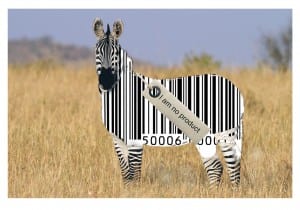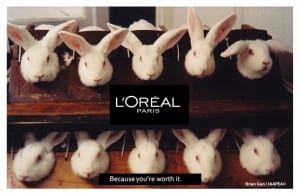To begin my research, I began by looking at various appropriation examples. I wanted to portray in my designs depth within the image, by creating a deeper meaning. I used the search engine ‘Google’ to get a clear understanding of the brief and a outline definition of the word ‘Appropriation’, enabling myself to carry out the assignment efficiently.
‘Appropriation is the intentional borrowing, copying, and alteration of preexisting images and objects.’ (Moma.org, 2016) I found that appropriation uses largely recognisable existing images which the audience already has a understanding of and alters the recognisable ideology into another meaning.
Here are some examples of appropriation images I gathered during my research;
Richard Prince interpreted the famous photograph, Yes, Rasta by Patrick Cariou. This appropriation design caused huge controversy leading Prince to be taken to caught under copy right claims. Overall Prince walked free as the Supreme Court denied Cariou’s petition and the case settled in 2014. (Richardprince.com, 2016)

Barbara Kruger.
I found Kruger’s interpretation of Kim Kardashian quite humorous and also accurate. The fact that Kim tries to portray herself as a selfless icon when really all she cares about is herself and her image. Kruger has taken an originally, sexual photoshoot of Kim K, and turned it into a humorous innuendo towards the celebrity. (Barbarakruger.com, 2016)

Banksy
Banksy interpreted the original art piece ‘Bridge over a pool of water lilies’ by Claude monet 1899. I like what he has done here as he has shown a more reality reflection on it. He’s taken a peaceful scenery and disrupted it with a discarded trolly and a traffic cone. It contradicts the meaning behind the original image, crating a very powerful and famous appropriation design. (Banksy.co.uk, 2016)

The picture below of President Obama was taken by photographer Mannie Garcia. The image has no meaning behind it as its just a photo of him thinking at a presidential campaign . After then being uploaded to the media it was interpreted into a stencil design and titled ‘HOPE’. This created a promotion of Baracks leadership and him brining hope to the country.

Bibliography
Banksy.co.uk. (2016). Banksy. Available at: http://banksy.co.uk/ [Accessed 14 Apr. 2016].
Barbarakruger.com. (2016). Home – Barbara Kruger – Photograph Collage, Advertising, Slogans, Art. Available at: http://www.barbarakruger.com/ [Accessed 14 Apr. 2016].
Moma.org. (2016). MoMA | Appropriation. Available at: https://www.moma.org/learn/moma_learning/themes/pop-art/appropriation [Accessed 14 Apr. 2016].
Richardprince.com. (2016). Richard Prince. Available at: http://www.richardprince.com/ [Accessed 14 Apr. 2016].














